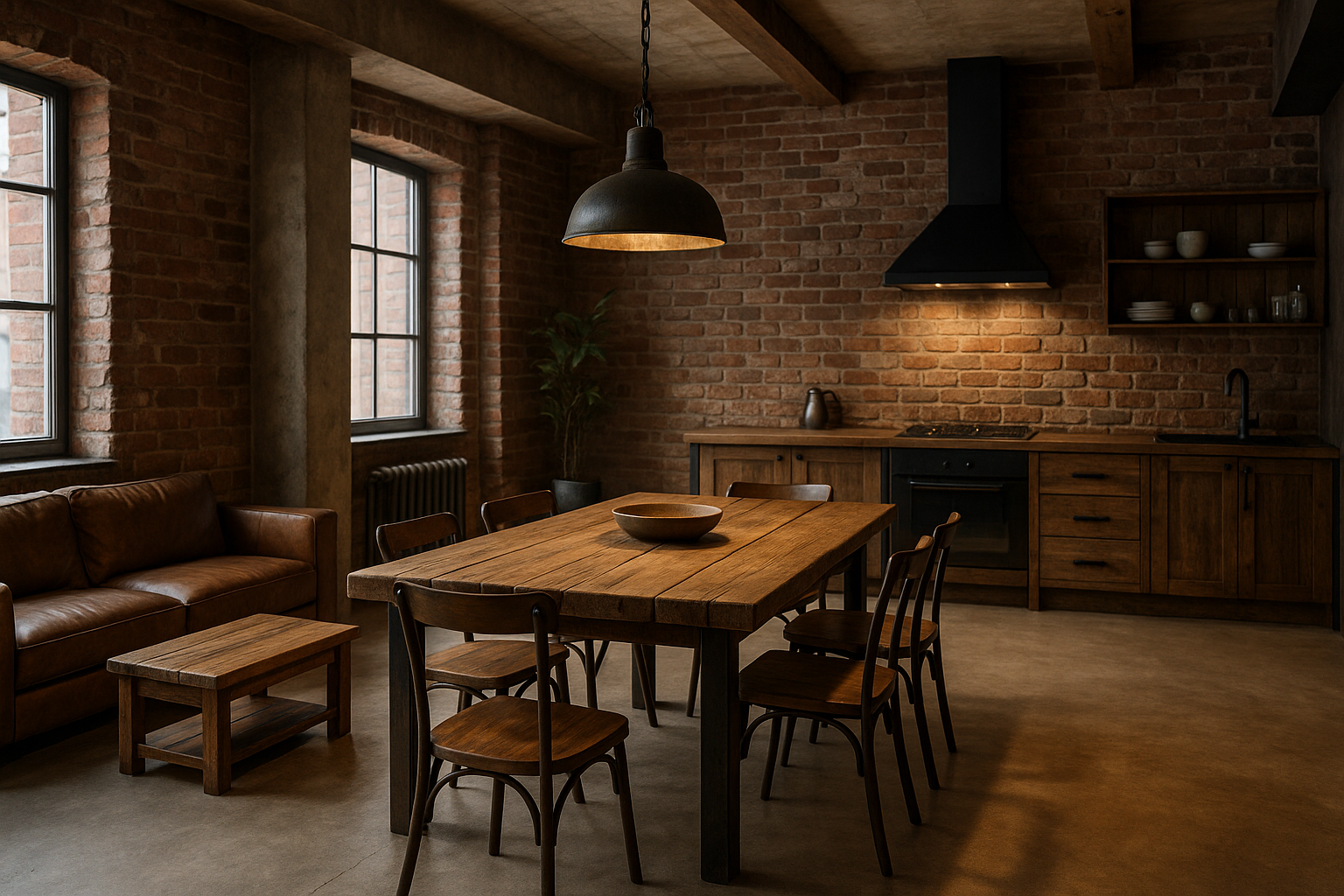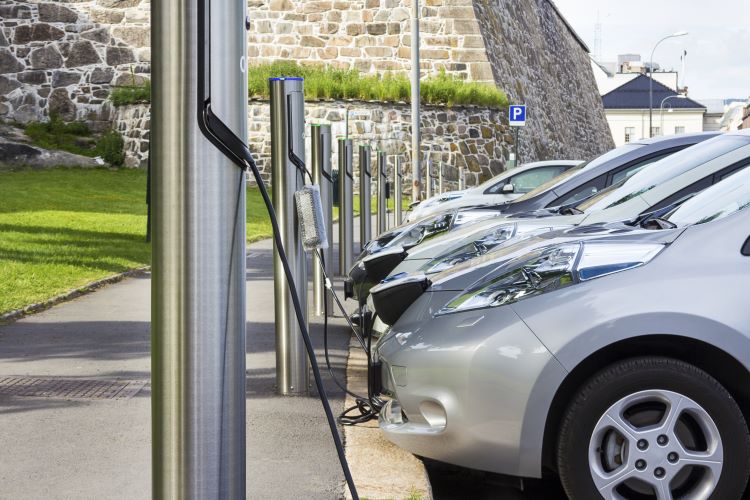Decoding the Fusion of Rustic and Industrial Design
Introduction: Discover the merging of raw, natural elements with sleek, modern aesthetics in the world of interior design. This groundbreaking fusion, often referred to as the Rustic-Industrial style, is reshaping the way we perceive and design our living spaces. Dive into the evolution, practicality, and stylistic techniques of this design trend that is redefining contemporary living.

The Genesis of Rustic-Industrial Design
The roots of Rustic-Industrial design can be traced back to the late 20th century, when urban loft spaces began to gain popularity. These spaces, often converted from old factories or warehouses, retained elements of their industrial past, such as exposed beams, brick walls, and metal fixtures. The desire to soften these harsh industrial elements led to the incorporation of rustic, natural materials, birthing the Rustic-Industrial design trend.
The Aesthetic Elements of Rustic-Industrial Design
Rustic-Industrial design is characterized by a harmonious blend of raw, organic elements and clean, modern lines. It combines the warmth and earthiness of rustic design—think reclaimed wood, natural stone, and warm metals—with the sleek, minimalist elements of industrial design, such as exposed brick, metal fixtures, and concrete flooring. This fusion creates spaces that are both comfortable and stylish, appealing to a wide range of aesthetic sensibilities.
Current Trends and Market Insights
Current design trends suggest a growing preference for the Rustic-Industrial style, particularly among younger homeowners. Market research indicates a surge in demand for furniture and decor items that embody this aesthetic, such as reclaimed wood tables, metal light fixtures, and leather seating. This trend is largely driven by a desire for homes that are both stylish and functional, reflecting the practicality of Rustic-Industrial design.
The Practicality of Rustic-Industrial Design
The practicality of Rustic-Industrial design lies in its versatility and adaptability. Its mix-and-match nature allows homeowners to blend old and new, rough and sleek, creating a style that can evolve with changing tastes. Moreover, the use of sturdy, durable materials like wood and metal ensure that Rustic-Industrial spaces not only look good, but also stand the test of time.
Enhancing Daily Living through Rustic-Industrial Design
Rustic-Industrial design enhances daily living by creating spaces that are both aesthetically pleasing and functional. The fusion of rustic warmth with industrial sleekness results in a comfortable yet modern living environment. Whether it’s the inviting glow of a reclaimed wood dining table or the sleek efficiency of a metal kitchen island, Rustic-Industrial design elements add a touch of elegance and practicality to everyday life.
In conclusion, the fusion of Rustic and Industrial design trends is offering fresh and exciting possibilities in the world of interior design. By blending the warmth and comfort of rustic elements with the sleek, modern feel of industrial components, it creates spaces that are visually striking, highly functional, and deeply personal. This design movement is not only reshaping our homes but also redefining our understanding of what it means to live stylishly and comfortably.






